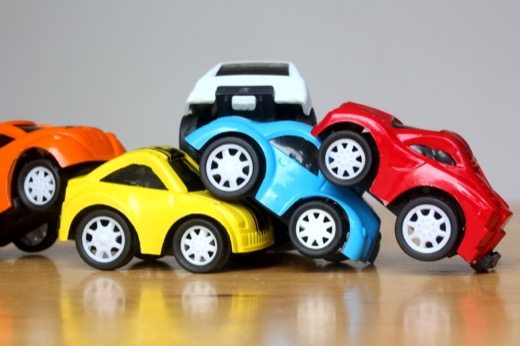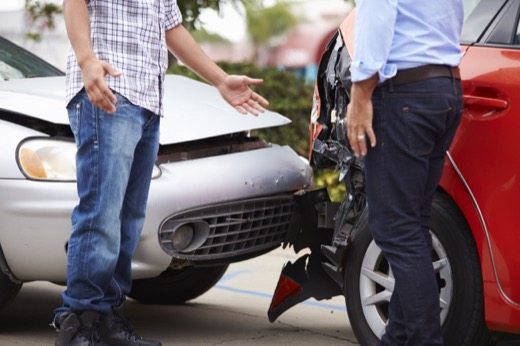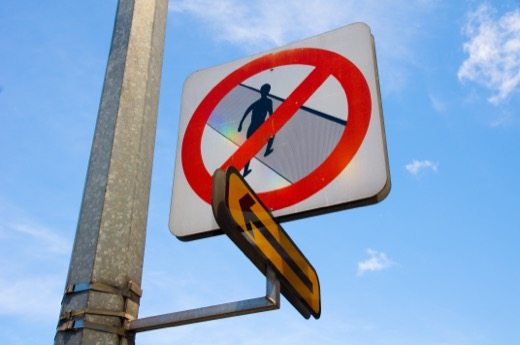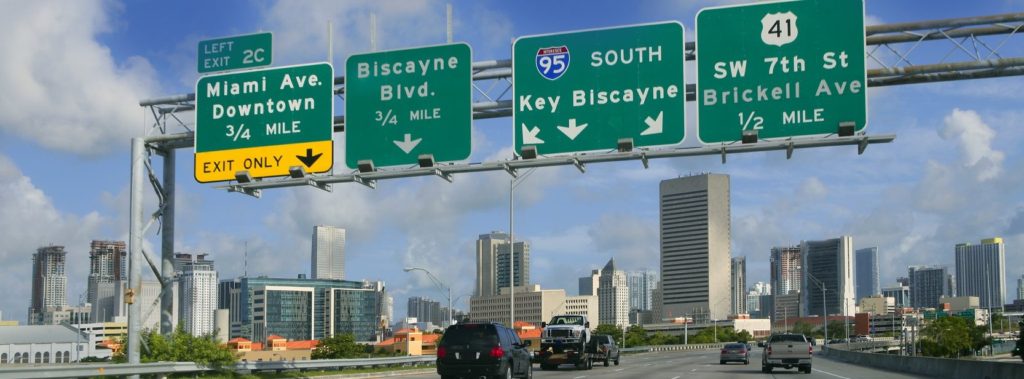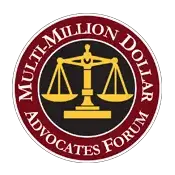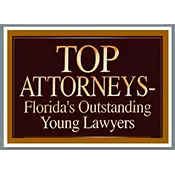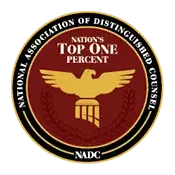Common Causes of Car Crashes
Car crashes are common in the United States. Usually, these accidents are minor, but sometimes car crashes result in serious injury or even death. The Centers for Disease Control and Prevention has issued a report on motor vehicle safety, which states that approximately 90 people die in car crashes each day. There are a number of common causes of car crashes, most of which could be avoided by exercising due care.
Drunk Driving
Drunk driving continues to be a major factor in car crashes. Some estimate there are approximately 300,000 drunk driving incidents every day; however only about 3,200 people are arrested for drunk driving on a given day.
Distracted Driving
Distracted driving has been the leading cause of car crashes for the past decade. According to the CDC, on average approximately eight people are killed and 1,161 are injured every day in this country in car crashes involving distracted driving. Anything that distracts the driver while driving must be eliminated. Phone calls should not be made while driving. Texting while driving is also extremely dangerous. Friends or children in the car can also be a source of distraction.
Speeding
Speeding is the second most common cause of car crashes. Other drivers have an expectation drivers around them will be driving at approximately the same speed. Certainly, drivers have a reasonable expectation other drivers will observe the speed limit. When a driver is speeding, this decreases the amount of time it takes to encounter an obstacle, and increases the amount of time necessary to stop.
Disobeying Red Lights
All too often, drivers will speed up when approaching an intersection with a yellow light. Sometimes, the driver makes it into the intersection on the yellow. Unfortunately, sometimes, the light turns red before the driver enters the intersection, but the driver proceeds anyway (perhaps because at this point, they can’t stop before the intersection). While entering an intersection on a yellow light is permissible, entering on a red light is not. Because drivers traveling in the other direction expect traffic to stop, they may proceed through the green light, and a crash can occur.
Disobeying Stop Signs
Running stop signs is just as dangerous as running a red light. Drivers need to come to a full stop at stop signs. Drivers should also be aware that other drivers, (particularly if they are distracted, drunk, or speeding) may not stop as directed.
Drowsy Driving
There is a growing awareness of the dangers of driving tired, also known as drowsy driving. According to the CDC report on drowsy driving, the effects of drowsy driving are comparable to the effects of consuming alcohol and driving. Falling asleep at the wheel is the obvious danger. But drowsy driving can also slow reaction time, affect a driver’s decision making, and make it difficult for a driver to pay attention to their driving. Adults need at least seven hours of sleep a night and teens need at least eight hours of sleep. Any less and it may not be safe to drive.
Rain
Rain can cause slick, dangerous driving conditions. This is especially true when the rain first starts and mixes with the oil on the roads. If driving in the rain, drivers should pull over if visibility becomes too bad and wait for the storm to pass.
Driving Recklessly
Driving aggressively, quickly changing lanes and driving over the speed limit can result in car crashes. Road rage is also cited as a common source of car crashes.
Driving at Night
Driving at night reduces visibility and makes seeing hazards more difficult. It is important to be extra alert while driving on the streets at night. Pedestrians can be particularly difficult to see at night.
Teen Drivers
Teen drivers are in a difficult position. Their lack of experience puts them at greater risk for an accident, but the only way to get that experience is by driving, placing themselves and others at risk. Defensive driving courses are available for teen drivers. Limiting the number of passengers they are allowed can help reduce distractions. Teens should be told repeatedly that cell phone use, whether to make a call, send or read a text, or playing a game, is not appropriate while driving.
Construction Zones
Construction zones can be extremely confusing, especially at night. Consequently, this is a common area where car crashes occur. Speed limits are commonly lower in construction zones for this purpose, as well as for the safety of the workers.
Drugs
Both illegal drugs and prescription medications can result in car crashes. It is critical that people taking a new prescription determine the effect the prescription has on an individual. Even if taken as prescribed, a car crash due to prescription drug use can result in criminal and civil charges.
Tailgating
Following another car too closely is dangerous. It presumes an ability to stop that may not be justified. It also makes the other driver nervous, and can lead to them making poor choices. Allowing a reasonable amount of space between cars reduces the possibility of a car crash.
Potholes
Potholes can present multiple problems. Nobody wants to drive over a pothole and risk damaging their car. Drivers often veer around potholes to avoid them. If the driver is not aware of other surrounding cars, a car crash can result.
Improper Turns
Improper turns lead to crashes. Improper turns include turns from the wrong lane, turns at intersections where such turns are prohibited, and turns that the driver failed to signal. Because the turns are not anticipated by other drivers, crashes can occur.
Driving on Curvy Roads
Driving on curvy roads can be very dangerous, especially for drivers not familiar with the road. It is critical that drivers respect the posted speed limit. One never knows what is around the next curve.
Contact the Attorneys at Madalon Law
If you have been injured in a car crash, you may be entitled to damages for your injuries. Contact the skilled auto accident attorneys in Florida at Madalon Law for a free consultation.
